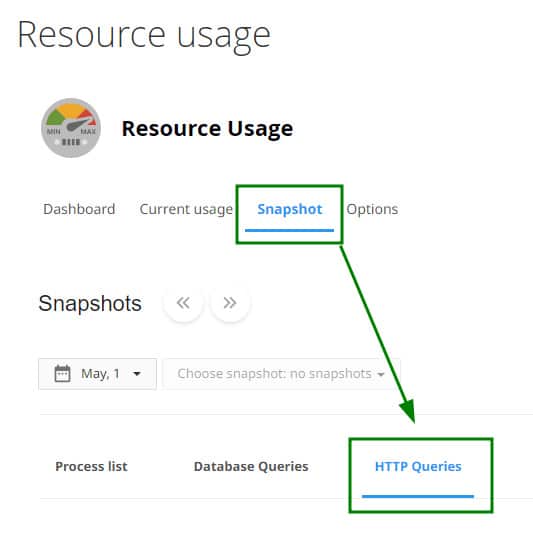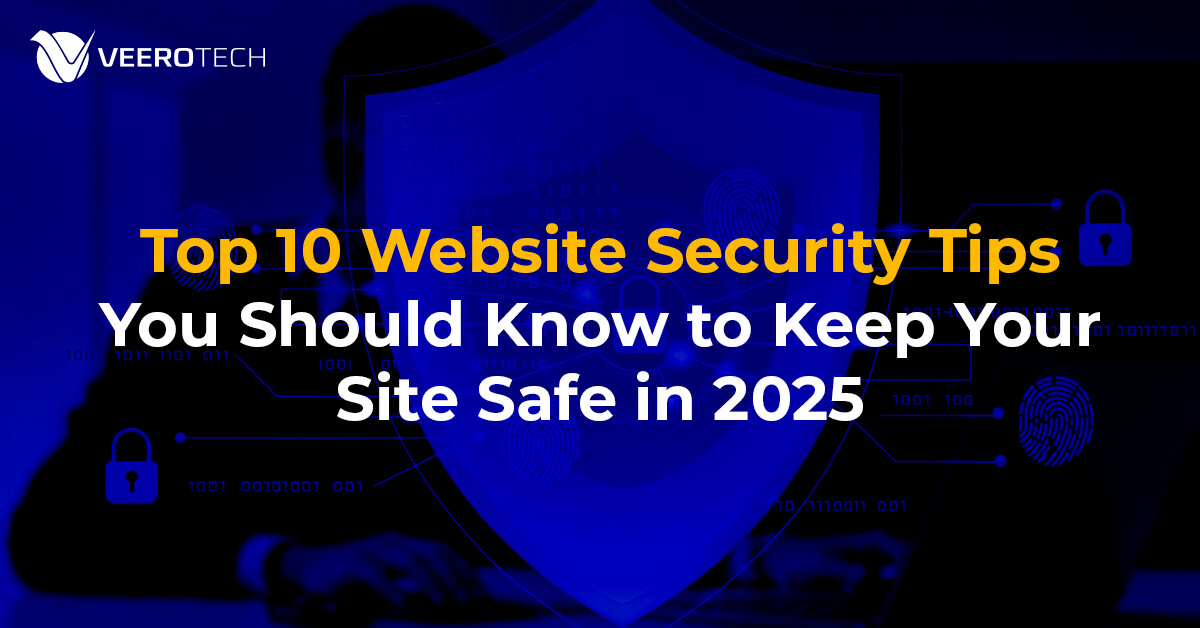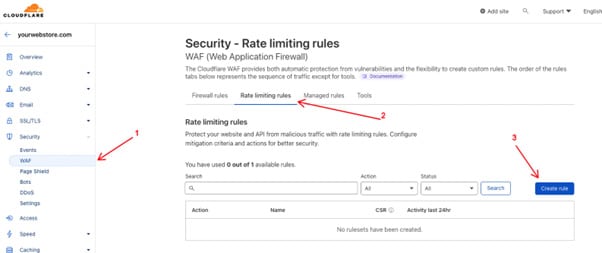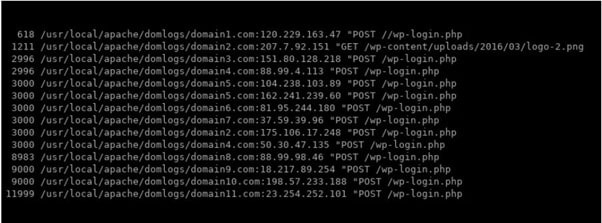Introduction
Imagine waking up to a hacked website—customer data leaked, your online store down, or your blog gone. With cyberattacks costing businesses $10.5 trillion in 2025, securing your site is non-negotiable. Whether you’re a blogger, shop owner, or freelancer, you want peace of mind.
These 10 practical security tips tackle real fears like data breaches, denial of service (DoS) attack and downtime, helping you protect your site with confidence and a little #TLC (tender loving care).
1. Create Rock-Solid Passwords
Weak passwords are like leaving your door unlocked. Use a mix of letters, numbers, and symbols—at least 12 characters long—and avoid reusing passwords across sites. A password manager like LastPass keeps them safe. Update passwords at least every 6 months—or more frequently for critical accounts.
2. Keep Your Site Updated
Outdated plugins, themes, or CMS software (like WordPress) are hacker magnets. Check for updates weekly and remove unused or incompatible plugins and themes to avoid vulnerabilities. Many hosts offer managed WordPress hosting to automate updates, saving you time and worry.
3. Enable Two-Factor Authentication (2FA)

2FA adds a second step, like a phone app based approval or SMS code, to logins. According to Microsoft, “Multi-Factor Authentication (MFA) can block over 99.9 percent of account compromise attacks.” Set it up for every admin login. You can start by enabling 2FA for your cPanel admin logins. Here’s how to set it up in cPanel with VeeroTech
4. Lock Down with SSL
SSL encrypts data, like credit card details, and shows visitors a padlock icon. Most hosts offer free SSL certificates—check if yours does. Without SSL, browsers may flag your site as unsafe, scaring users away.
5. Set Up a Web Application Firewall (WAF)
A WAF is like a digital bouncer, filtering out malicious traffic like SQL injections (hacker code that steals data) or cross-site scripting (attacks that hijack user sessions). Many shared hosting plans, like VeeroTech’s, include WAF protection, bringing enterprise-level security to all users and all sites.
6. Scan for Malware Regularly
Malware can hide in your site, stealing data or slowing it down. Use tools like Wordfence or Sucuri to scan weekly, and check if your host offers built-in malware detection for extra protection.
7. Back Up Every Day
A hack or glitch can erase your hard work, but daily backups are your safety net. Example: An online news website recovered from a server level crash site in a few hours, saving several days of work, thanks to daily backups. Look for hosts like VeeroTech with automated daily backups to simplify recovery.
8. Protect Against DDoS Attacks
DDoS attacks flood your site with traffic, causing crashes. Strong hosting plans include DDoS protection to keep your site safe and online during surges.
9. Limit Admin Access
Too many admin accounts increase risk. Restrict admin level access to trusted users only and use your host’s control panel to manage permissions carefully.
10. Stay Ready for New Threats
AI-driven attacks and other emerging threats are growing in 2025. Stay informed about new risks and choose a host with proactive monitoring to catch issues early.
Why VeeroTech Makes Security Easy
With VeeroTech, you get robust security features out of the box for shared, WordPress, semi-dedicated, or managed VPS hosting. Free SSL certificates, daily automated backups, advanced DDoS protection, and proactive malware monitoring keep your site safe without the hassle. Plus, our cPanel and DirectAdmin control panels make managing security settings a breeze, and our 24/7 human support team is always ready to help.
Conclusion
Don’t let security fears keep you up at night. These 10 tips will help you stay informed and be prepared against cyberattacks. For more ways to keep your site running smoothly, check our Speed Optimization Guide.
Know someone worried about hacks? Share these tips with them to help them keep their site safe in 2025!
If you have any web hosting questions please feel free to reach out to us. We're happy to help.



